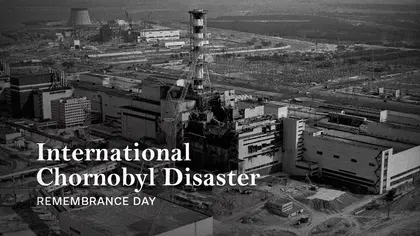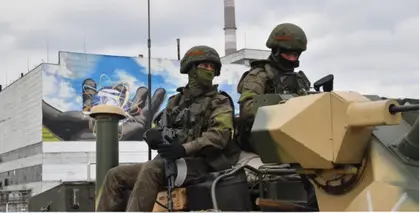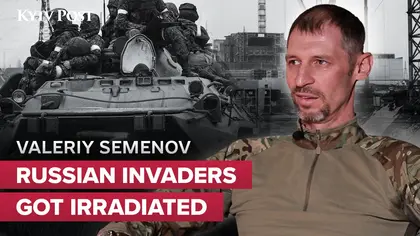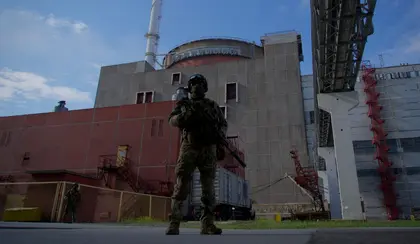Chornobyl disaster in 1986
On April 26, 1986, the world witnessed one of the most catastrophic nuclear accidents in history - the Chornobyl disaster, a tragic event that shook the world.
JOIN US ON TELEGRAM
Follow our coverage of the war on the @Kyivpost_official.
The Chornobyl Nuclear Power Plant, located in northern Ukraine suffered from a combination of design flaws, lax safety procedures and human error which led to a sudden and massive power surge in the core of reactor four. The resulting explosion and subsequent fire released a huge amount of radioactive materials into the environment.
The immediate aftermath of the disaster was dire. Two plant workers died immediately from the explosion, while 28 firefighters and plant workers succumbed to acute radiation sickness within weeks by the end of July.
The magnitude of the disaster became evident as the plume of radioactive fallout spread across Ukraine, Belarus and neighboring countries, contaminating vast areas with dangerous levels of radiation.
The USSR authorities initially downplayed the severity of the incident and attempted to cover up the scale of the disaster. It was only when radiation alarms were triggered at a nuclear power plant in Sweden, over 1,000 kilometers away, that the international community became aware of the magnitude of the disaster.
Even then, the Soviet authorities continued to downplay the severity of the situation. It took several days for the Soviet government to publicly acknowledge the explosion and the release of radioactive materials.
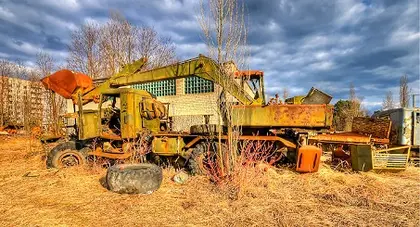
Ukraine’s Irradiated Scrapyard Is a Global Health Hazard
The full extent of the disaster only gradually came to light with the true scale of the environmental and health consequences emerging over time.
The delay in sharing information and implementing proper measures to protect the affected population, resulted in increased radiation exposure for many people, including the cleanup workers known as "liquidators", who were tasked with containing the radioactive materials and managing the aftermath of the disaster.
These liquidators faced life-threatening conditions and high levels of radiation exposure, and many suffered, both from immediate and long-term, health issues as a result.
Hundreds of thousands of people, including cleanup workers and local residents, were forced to evacuate their homes, leaving behind their communities, possessions and way of life.
Many suffered from acute radiation sickness and other long-term health effects. The true extent of the disaster's impact on human health may never be fully known.
An exclusion zone was established around the plant to limit human exposure to radiation, creating a ghostly landscape of abandoned towns and villages frozen in time
The damaged reactor was quickly enclosed in a large concrete shelter which was erected by October 1986. It was only suitable as a temporary measure being neither strong nor durable. A longer-term solution was needed, which led to the international “Shelter Implementation Plan” in the 1990s to raise money for the necessary remedial work.
This eventually resulted in the construction of a massive steel and concrete sarcophagus, known as the New Safe Confinement, which was completed in 2019. It covers both the damaged reactor and the original concrete shelter and will prevent the further release of radioactive materials.
However, the area remains highly contaminated and will likely pose environmental and health risks for generations to come.
You can also highlight the text and press Ctrl + Enter


